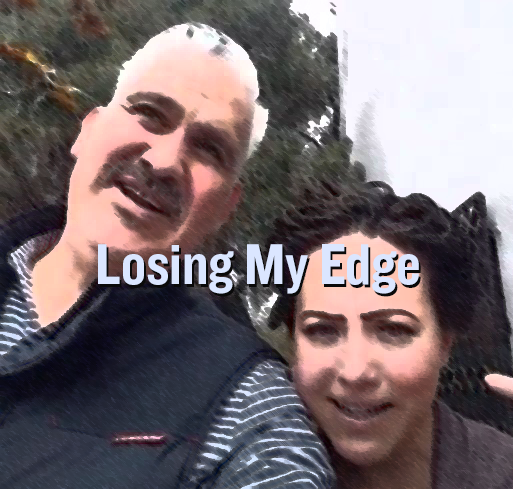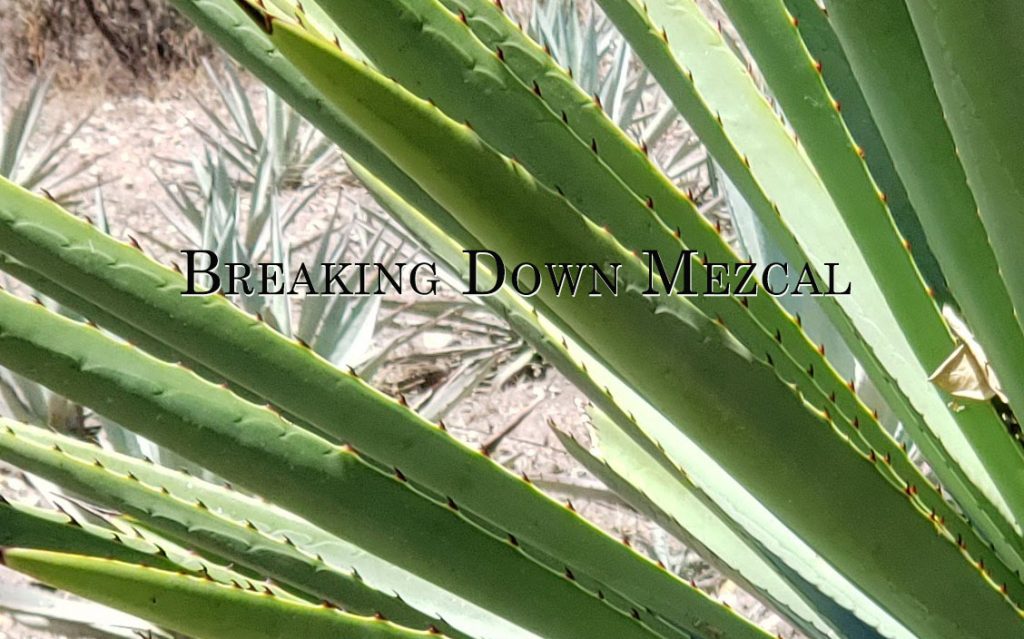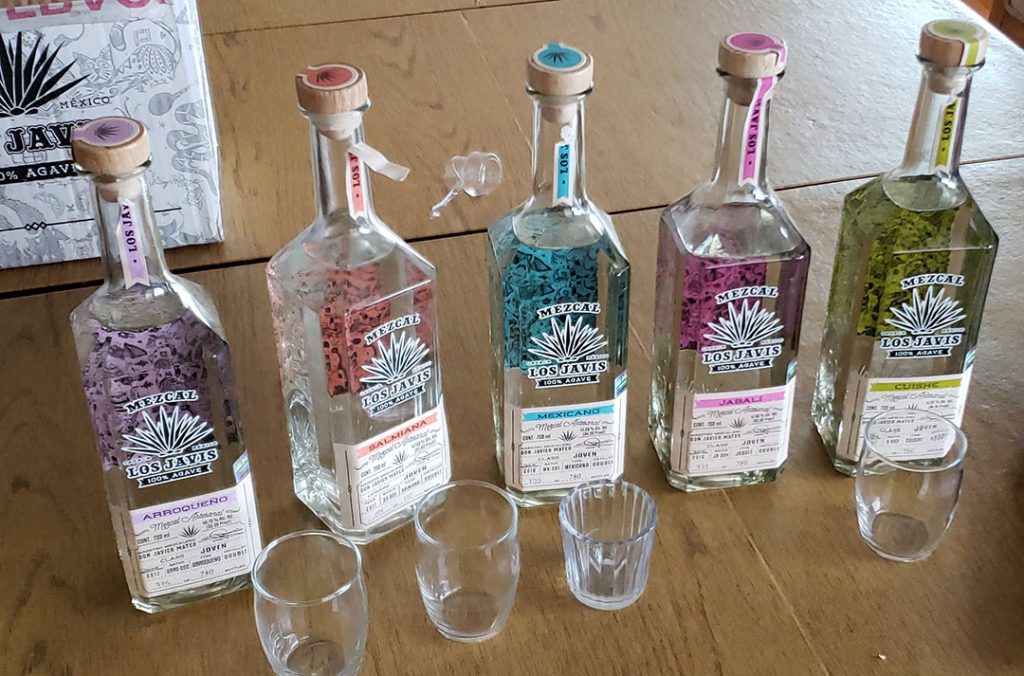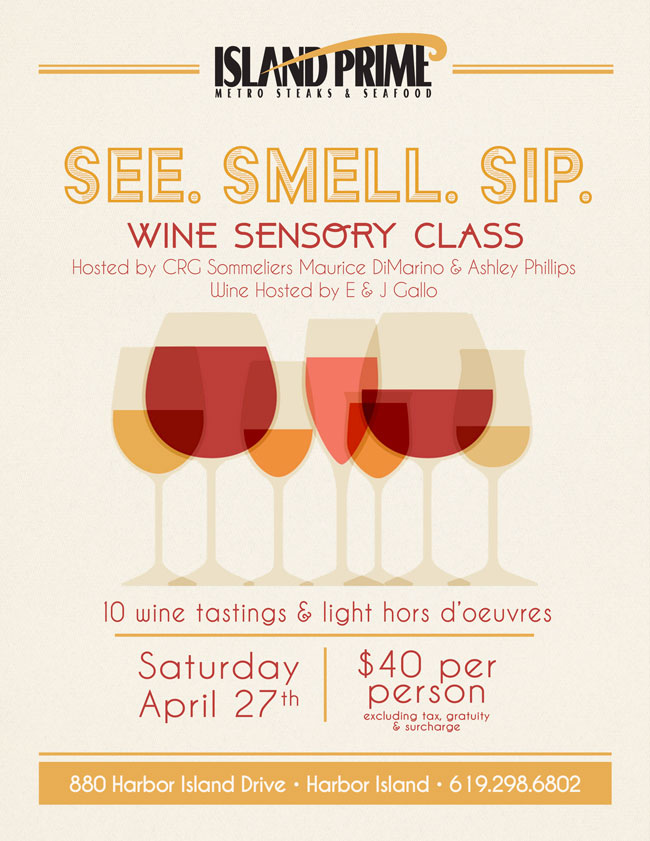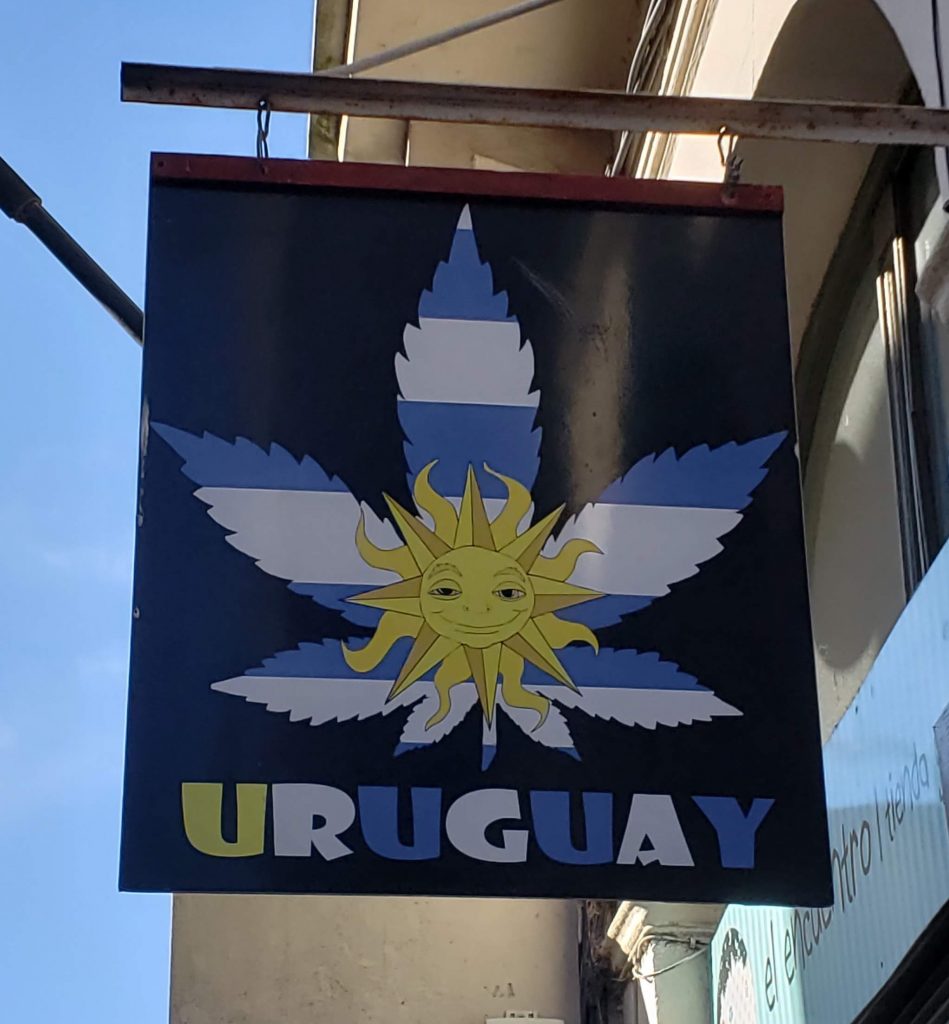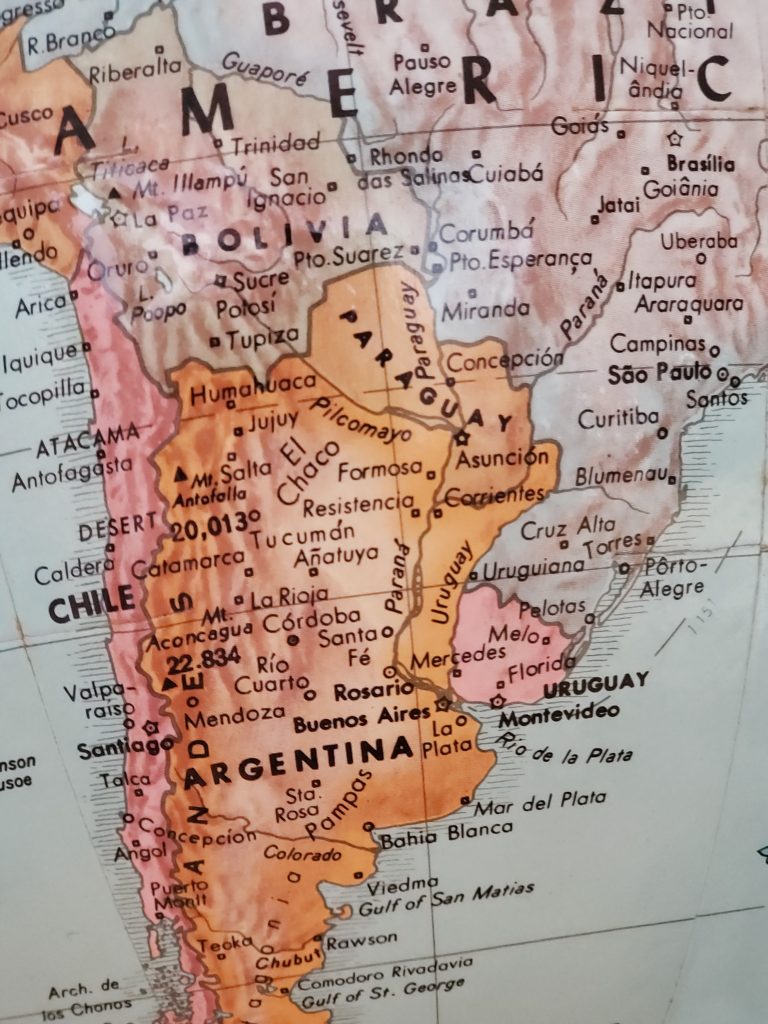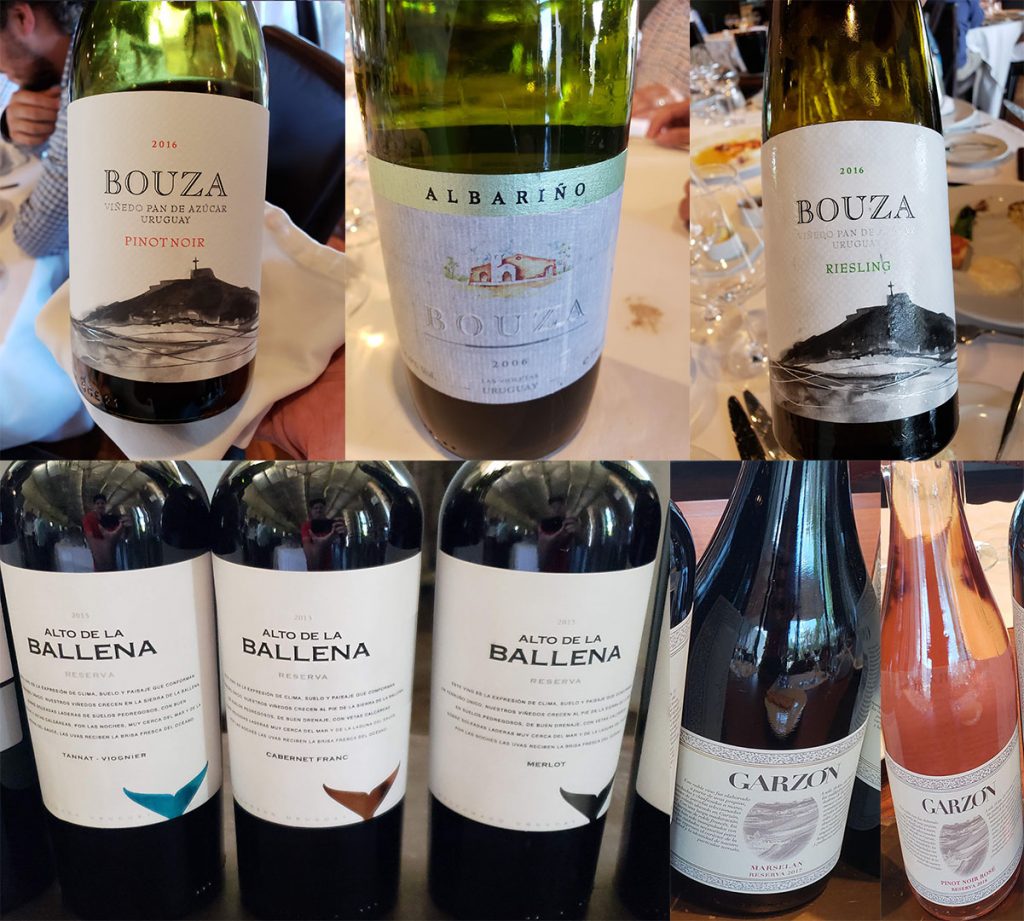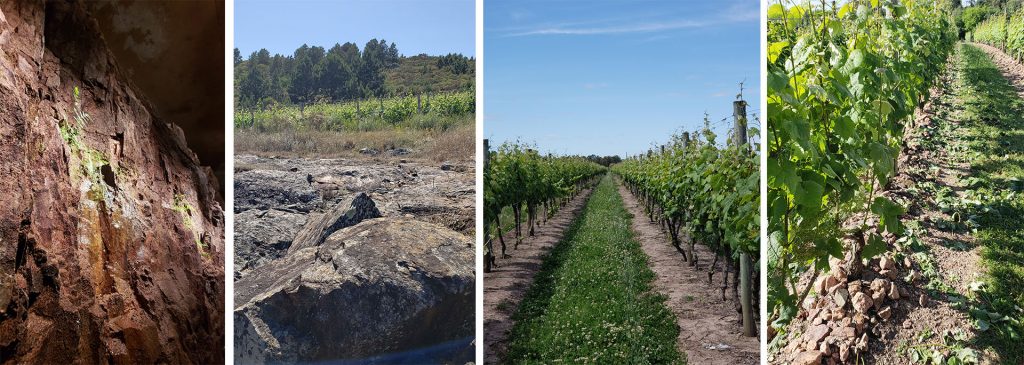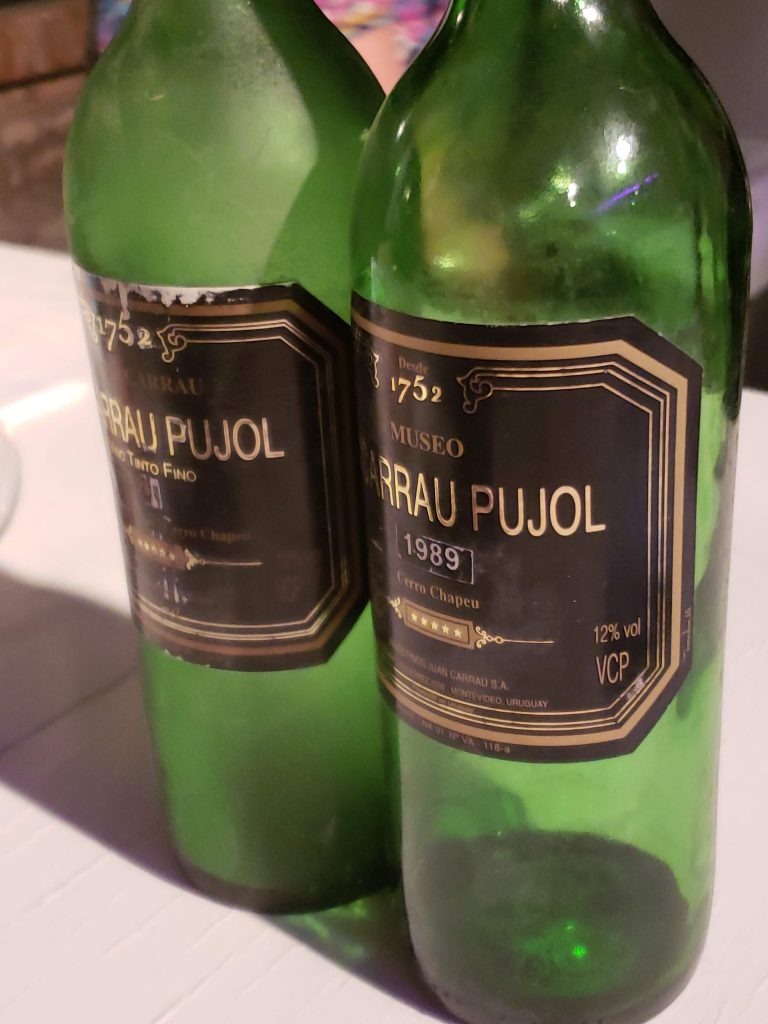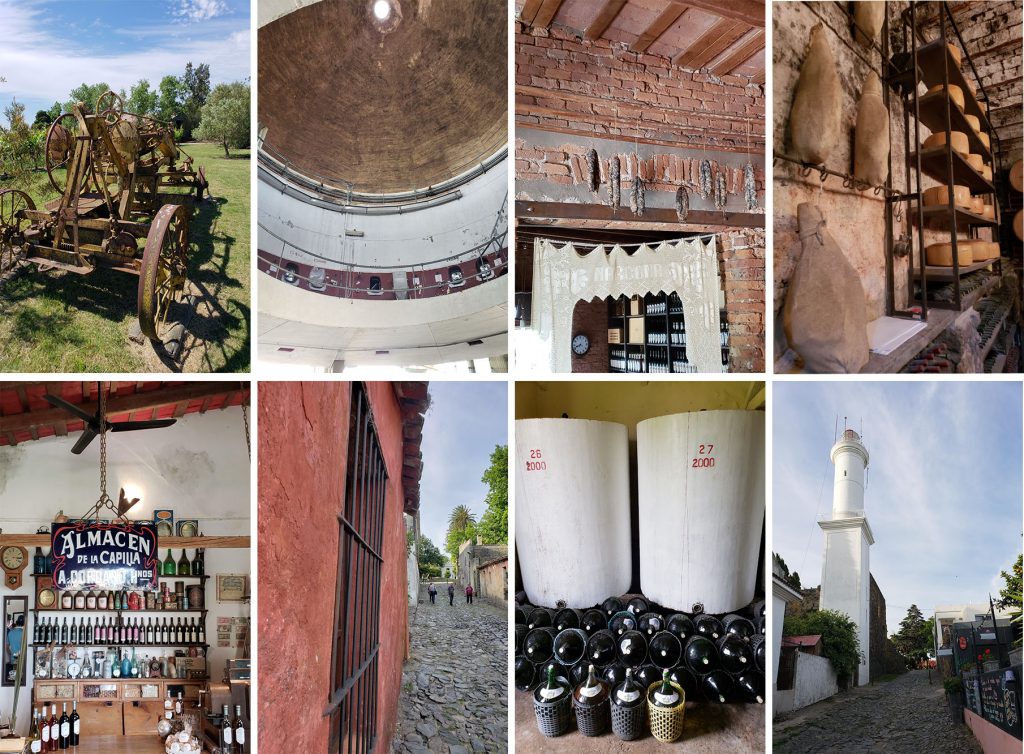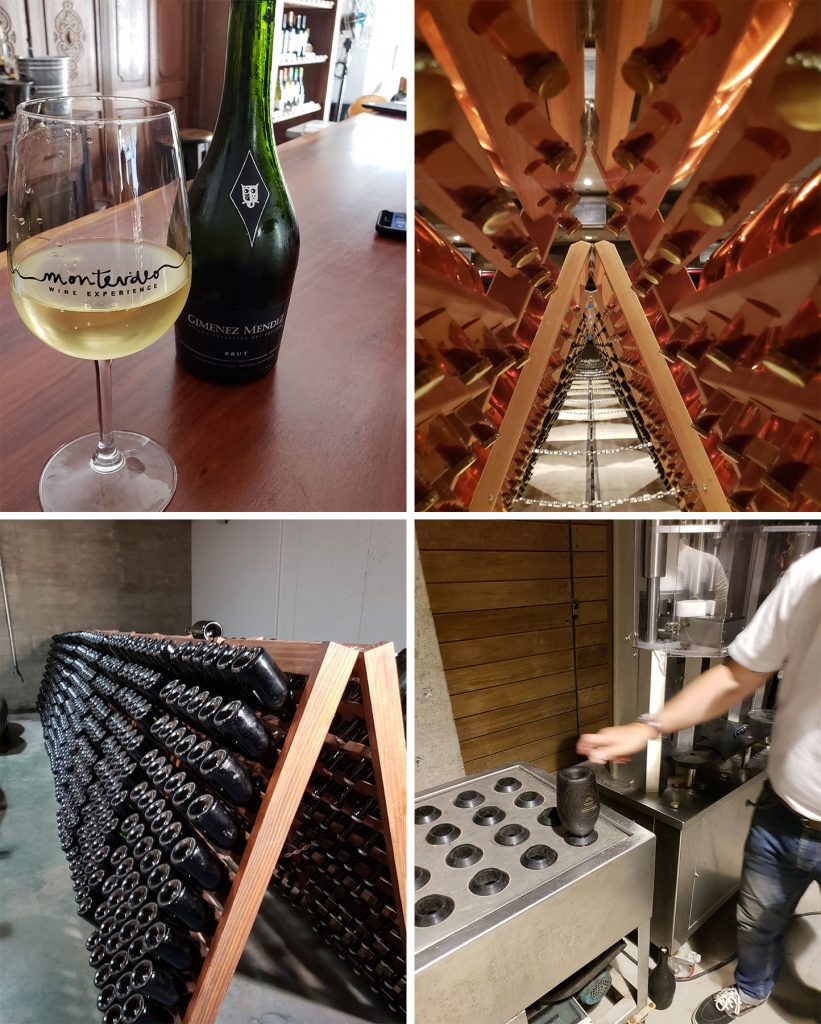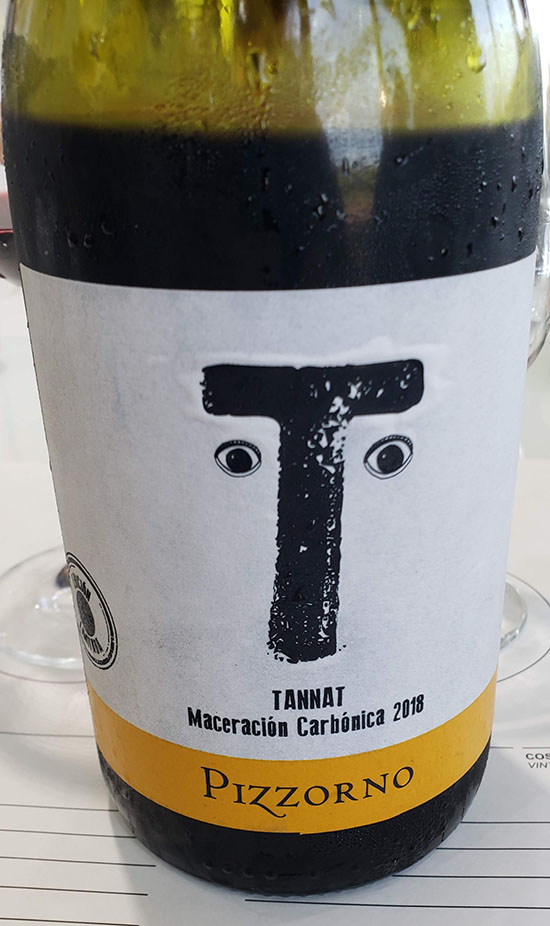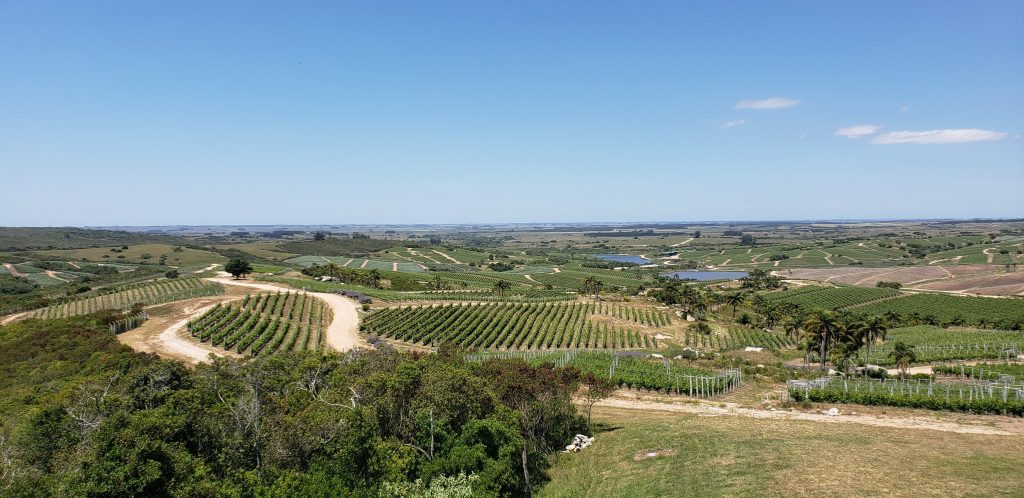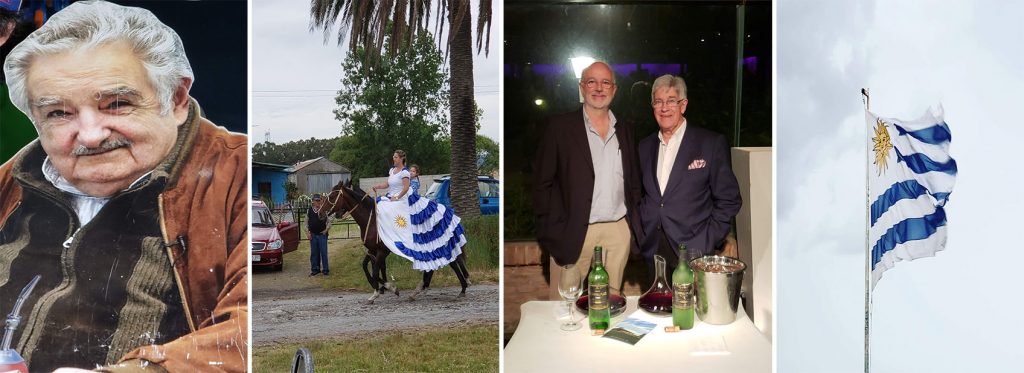Recent Posts
A Familiar Taste of Something Different
It’s been almost 2 years since I have posted anything; shame on me. Between family, COVID, and work, I just have not had the capacity to post anything. Maybe it’s because nowadays everything is on Instagram, Snapchat, and Tik Tok (notice I didn’t say Facebook). I am just not cool enough. I don’t have the right image to post, and I still can’t figure out all the hashtags, emojis, filters, and stories. Man, I sound so Gen X! My teenagers assist me, but I can’t be asking for help each time I want to post. It reminds me of one of my favorite songs by LCD Soundsystem, “Losing my edge video” or “Losing My Edge Lyrics.” There is always someone coming from behind with the newest, the most retro, and then the most exclusive. Well, it’s like that in the beverage world too.
I guess this is why I decided to post again. I am tired of it all. When I first started this blog, I did because I was so bored. I worked long hours doing the same thing from one day to the next, unable to use my creativity. In 2013 I created a new position where I would oversee beverage programs for about 18 restaurants. Since then, I have opened and closed many. I think we are at 26 active restaurants now. It’s kept on my toes with something new each day. Hence, I have not been able to post as much as I would have liked.
COVID put a strain on all of us. It is crazy to think that a whole year was lost. It hit me when I went to one of my restaurants to check in on the wines. I had to dump so much. Each wine I dumped brought back memories of why they had made the list. We had a pretty cool list. Many of which were whites and roses. Although I love an aged white or rose, most did not hold up for the virus; they were intended to be drunk young. So sad :,(
(Look! An emoji! I think…)
As I went through the list opening bottles and checking to see if storage during COVID did them right, I came across some pleasant surprises. 2015 Dry Tokaji, still holding up. It had some nutty notes but still bright with acidity. A 2012 Terroir al Limit white Priorat was spotty. Some bottles were orange, but others were still fresh and vibrant. A 2009 Mario Bazan Napa Cabernet was fantastic. It brought me back to when I was promoting Mexican Winemakers in Napa. The big surprise was a Baja wine from Rancho Mogorcito, 2012. The wine smelled a bit old and dusty, but it was full of fruit on the palate. I was super impressed.
Looking through the wine list and tasting these wines inspired me to write again. I have so much to say, but not much at all. I know that doesn’t make sense. I am still trying to work through my thoughts. What I want to emphasize is I came across a lot of wines I had forgotten about. It was an entire year without curating, tasting, and developing lists. I focused on making cocktail kits, virtual seminars, and to-go options for an entire year. I did not taste, travel, or encounter new regions for over a year. BooHoo, I know you’re playing a small violin for me. That is not what I am getting at. Revisiting these wines brought me a familiar taste of something different. It has been quite a nostalgic experience.
I started to think about all the people that have come and gone. Losing my right hand at Island Prime and Coasterra, Ashley Phillips, was a bummer. Seeing managers, bartenders, servers, and line cooks disappear in a flash has been disheartening. Remembering the small vendors with incredible wines and no longer exist is saddening. Seeing new restaurants open with a creative and exciting list should have brought joy, but in reality, it makes me jealous. Today young sommeliers get to start in a completely different world where information is at their fingertips. Wines are more accessible. Travel is easier. The Guest is more informed, allowing recommendations and suggestions to be more welcomed. They no longer have to dissuade a Chardonnay drinker into a Viognier or Godello; Chardonnay drinkers hardly exist. The best hits have already been written, and all they had to do was download them.
Today I write a bittersweet post. I need to get it out. Hopefully, next time it can be more optimistic. But that may have to wait. I am dying to write one about our current situation with the labor market.
Comment below if you want to hear my thoughts.
Wine and Art Pairing
I have a show coming up in a few weeks where I pair wine with art. Several years ago I came up with a method to pairing wine and art. We can all agree that art triggers emotions in us. What we do not think about is how wine also triggers our emotions when we smell and taste it. Aromas are connected to our memories. Our memories create emotions. Strangely, emotions effect how we taste and perceive the world around us. When we view a work of art, our brain triggers an emotion. What I try to find is a wine that matches that emotion. The pairing comes when the wine and the art trigger the same emotion, contrast each other in a pleasant way or one enhances the other.
My full theory of art and wine pairing can be viewed via this link: WINE AND ART
The best way to understand it is to put it into action. Join me on August 11th, at The Prado in Balboa Park 12-3pm. I will have 18 artists (all employees of the Cohn Restaurant Group) paired with a different wine. You can get tickets at Purplepass.com/corksandcanvas
The following wines will be paired at the event:
Banshee Rose & Pinot Noir, Amayala Torrontes, Colome Malbec, Orin Swift’s Abstract Red, Louis Martini’s Napa Cab, Ramon Bilbao Crianza Rioja, Clos de la Siete Bordeaux Blend, Landmark Chardonnay & Pinot Noir, Daou Cabernet, Domaine Chandon Rose & Brut, Casa Smith Barbera, Campo Viejo Cava & Grenache, Lafite Sparking Rose, Chapelle la Gordone Provence Rose, Pazo Barrantes Albarino, Nielson Pinot Noir and Voveti Prosecco.
Below are bios of the artists who will be exhibiting their art.
Breaking Down Mezcal: Los Javis
I was recently asked by my friends Javier & Jaime Mateo, owners of Los Javis Mezcal to write tasting notes for the release of their new “silvestre” (wild) mezcals. I was excited to taste the new expressions; but more so, honored beyond belief that they would ask me to write the notes for their new bottles. One evening I sat at my dining room table and poured out the mezcals. My approach to this was a bit different. I decided to close my eyes and smell them first. I immediately wrote down where I imagine myself to be. Each mezcal took me to a different place. I then dove in and tasted the mezcals and jotted down a bunch of note in a stream of conscious manner.
Before I get into my notes, lets look at the process Los Javis uses to make their mezcals. Javier Mateo Sr. is married to Gloria who was born in a different village. Being that they have families in two villages, they have access to more agaves. Oaxaca is communal and agaves are only shared with those that belong to that community. Their humble distillery ins Santiago Matatlan, Oaxaca produces mezcal in the artesenal way. They cook their agaves in stone pit on top pf stones fired by a fire from white oak and mesquite. Most pits are covered with banana or palm leaves, theirs are covered with potato sacks and dirt allowing the agaves to breathe. The cooked agaves are crushed via stone wheel powered by a mule, known as a tahona. The juice is fermented in wooden fermenters via the use of native yeasts. They use 5 direct fired small Alembic copper pot stills to distill. The purpose of distilling in small batches Javier says, “it’s like making beans, the smaller the batch the more flavorful the beans taste”. Everything is hand bottled and hand labeled. See the gallery at the end of this post for a look at their process.
Arroqueño 2017
Salmiana 2017
Mexicano 2018
Jabali 2016
Cuishe 2017
How to Evaluate Wine
Wine sensory evaluation is as simple as smelling perfume, eating a meal or looking at art. Wine is really not that complicated. We make it more complicated than it needs to be. We insist on making it mystical or something only an expert can interpret.
On April 27th, along with my good friend and sommelier, Ashley Phillips I will be holding a class where you will learn how to evaluate wine. I break it down to the bare essence and teach you how to understand what you are smelling and tasting. Every aroma we smell in a wine is most likely stored away somewhere in our memory, we just need to get it out. Every wine has a unique taste and since we have been eating and tasting food since birth, it is really easy to identify those tastes.
At the end of the day, wine is like art. We can all see the same art work, agree on the color, texture and sometimes the subject matter. We can agree on what we are seeing, but disagree on the meaning of the work. Now, does that make our interpretation of the art wrong or right? No. The same goes for wine. We can smell and taste a wine and agree on the generality (color, alcohol, acidity and tannin); but have a completely different interpretation on if that wine appeals to us or not.
We would like to show you how to “feel” wine. Instead of tasting wine and searching for its identifying flavors, ask yourself “how does it make me feel?” Once you take this approach you will begin to really understand how to evaluate wine.
This Saturday we have several exercises planned to help you evaluate and engage with wine. During the seminar you will discover if you are a super-taster or not. You will dive into an interactive aroma identification exercise. We will show you how the color you see effects the flavor of a wine. Finally, we will show you how music can make a great wine bad and a bad wine great.
All this will be at Island Prime, April 27th 12-2pm. Call 619-298-6802 to make your reservations today!
10 Things You May Not Know About Wines From Uruguay
I recently returned from an intensive wine exploration trip to Uruguay with INAVI, the government sector for wine tourism in Uruguay. They invited 4 Americans to experience this emerging region first hand. My travel companions were Matthew Kaner from Bar Covell Wine Bar in Los Angeles, Alexander Murray from Legal Seafoods based in Boston and Max Kuller owner of Estadio, a Spanish tapas bar in D.C.. The four of us spent a bit over a week visiting wineries throughout the different regions of Uruguay.
I was blown away by the quality of wines being produced in the country of only 3 million people. Most people do not know where Uruguay is. And if they have heard of it they associate it with the guy who bit the Italian player in the World Cup, Luis Suarez. They might have heard of Pepe Mujica, the progressive socialist ex-president who drives a VW bug, legalized Marijuana and same sex marriages. And if you are in the wine world, you think of that grape Tannat which you probably had many years ago and chose never to revisit it again. Times have changed. Here is a list of 10 things you may not know about wines of Uruguay.
1) MORE THAN JUST TANNAT:
Tannat is not the only thing growing in Uruguay. We encountered high quality Pinot Noir, Marselan, Petit Verdot, Cabernet Franc, Merlot, Albarino, Riesling, Sauvignon Blanc, Chardonnay and dry red Muscat. All showing unique characters which can not be found any where else.
2) TANNIN FALLACY:
Tannat is not the tannic bomb it used to be. A new approach to Tannat has taken the country by storm. Long are the days of extended maceration taught by the French. Instead the wines are carefully treated so to not over macerate and bleed tannin. Instead the tannin are still present giving wines structure and the ability to accompany the type of food eaten in Uruguay. Think beef, blood sausage, grilled provolone, empanadas and believe it or not, even vegetables. In fact, our vegetarian of the group, Max, ate pretty well while he was there.
3) CLIMATE & TERROIR:
Uruguay has a coastal Mediterranean climate with a Mediterranean continental interior. There is much rain throughout the year, they do struggle with humidity and fungus. However, there is no need for irrigation. The soils are of clay, calcareous limestone, decomposed granite and schist. This mixture of Mediterranean sun, cool ocean influence, old vines, excellent drainage make wines unlike any other place in the world, wines that are fresh.
/>
5) JUXTAPOSITION:
There are few places where a wine can have intense color, grippy tannin, expressive fruit, but stay lean on the palate with bright acidity. Typically a fruit forward wine with rich tannin are wines of a higher ABV 14%+ and lower acidity. In Uruguay we get wines that fruit forward, even if they reach 14% they are light on the palate and driven by acidity. Most of the wines stay below 14%. Best of all these wines are not only enjoyable when young, but can withstand quite a bit of age. We tried 1989 Carrau’s “1752” from Cerro Chapeu, a Bordeaux Blend, the fruit was lively and wine was very balanced.
5) MODERN FACILITIES:
There are about 150 wineries in Uruguay and many are small boutique wineries. There are also many larger wineries where large production is possible, they instead invest in modern equipment to make a smaller production of high quality wines. In many other parts of the world, large scale wineries invest in equipment to produce large quantities. In Uruguay we see these facilities invest in quality and not quantity.
6) LONG HISTORY:
We may think of Uruguay as a new region, however; it has been producing wines since the beginning of the 19th century. Uruguay is made up of immigrants from Spain, Italy, Germany and France. It is one of the most colonial countries of South America. These immigrants brought wine making with them. Today we still see family run wineries with a long history of producing wines in their regions. Many wineries still use their grandfathers approach with the use of cement tanks and large boti barrels, but they also merge their ancestors’ techniques with modern stainless steel and gravity flow wineries. Although Uruguay started producing modern style wines in the 1970-80’s they have had their hands in the earth for centuries.
7) SPARKLING WINES:
In a region where humidity can be a concern, many decide to pick early. These early pickings make for spectacular sparkling wines. And in typical Uruguayan fashion, they do not cut corners with their sparkling wines, they produce them in the Traditional Method. Each bottle is hand riddled, hand disgorged and cellared. These wines are bright and rival any other sparkling wines of the world, with a much better price tag.
8) LITTLE INTERVENTION:
Many wineries are making wines with as little intervention as possible. Although many need to spray for mildew, most are organic in other practices. They do not have irrigation, so the vineyards make the vintage every year. They do not need to add acid since their grapes have great natural acidity. Producers let the vineyard make the wine. They also hold off on the use oak and let the fruit be more expressive. There are others experimenting with natural wines and carbonic macerations. These wines are fresh and fantastic.
9) INFLUENCE FROM THE NEW WORLD:
Argentina is known for being influenced by the likes of Paul Hobbs and Michel Rolland. Both are consultants known for pushing ripeness and producing California style wines in Argentina. Both have been major influences in Uruguay. However, wine makers here have taken some of their advice but decided to make Uruguay wines and not California wines. The wines are lean, savory and driven by refreshing acidity rather than oak and fruit we find in Argentina.
HOME GROWN LEADERS:
Since there has been a long history of wine making in this country, traditions have been passed down from father to son/daughter. There are quite a few leaders which share practices with other wineries. They work together as Uruguayans rather than keeping secrets to themselves like the Spanish. Francisco Carro who makes wines in the Northern part of the country is a wealth of information and leader in the Uruguayan wine community. Their Government agency, INAVI is forward thinking and promotes the region as a group of winemakers rather than individuals. The up incoming young winemakers study abroad and work with each other to help improve each other’s wines. The region is small but united they can be giants.

